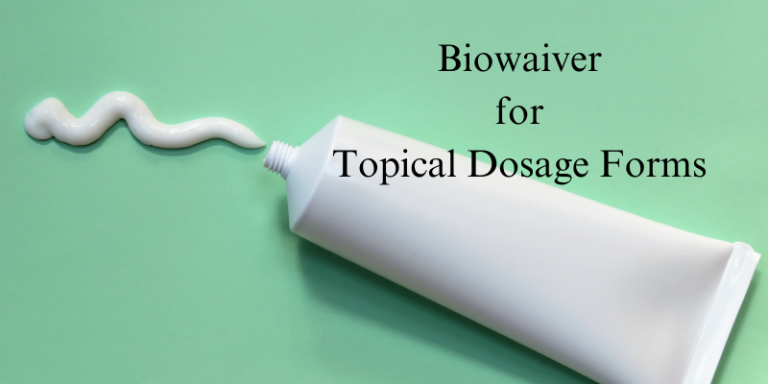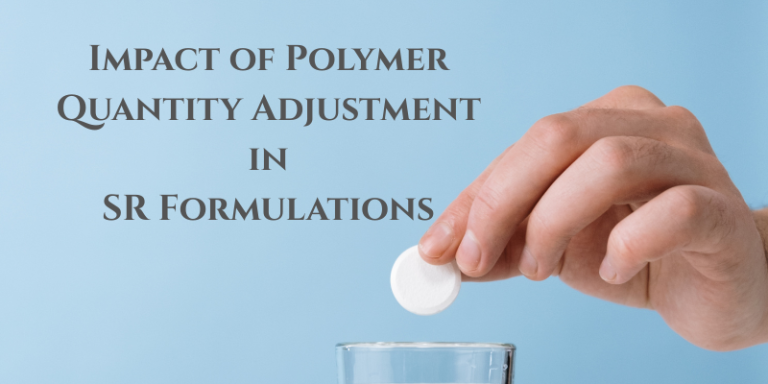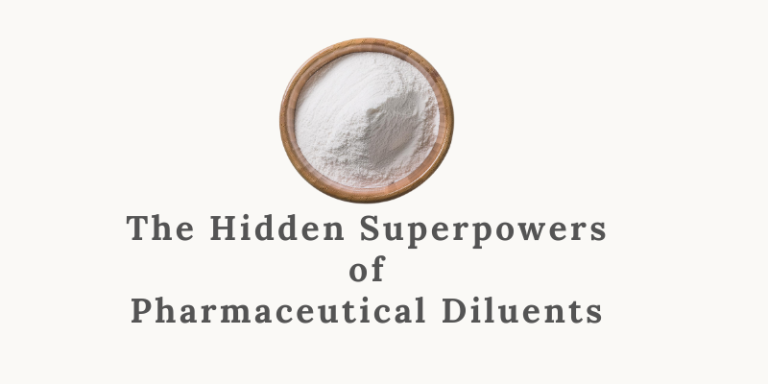Challenges in Topical Product Development
Formulating effective topical products is a complex process that requires balancing efficacy, stability, and patient compliance. Here are some common challenges and practical solutions:
Poor Drug Penetration
- Issue: Many actives struggle to penetrate the skin’s barrier, reducing efficacy.
- Solution: Use penetration enhancers like ethanol, diethylene glycol monoethyl ether, or liposomal formulations to improve bioavailability.
Instability of Active Ingredients
- Issue: Many actives degrade due to oxidation, pH fluctuations, or light exposure.
- Solution: Optimize pH, use antioxidants (e.g., Vitamin E, BHT), and incorporate protective packaging.
Phase Separation in Emulsions
- Issue: Creams and lotions may show instability over time.
- Solution: Optimize emulsifier selection, ensure proper HLB balance, and conduct robust stability testing.
Grittiness or Texture Issues
- Issue: Poor sensory appeal affects patient acceptance.
- Solution: Use micronized or nanosized particles, optimize homogenization techniques, and ensure proper dispersion of ingredients.
Preservative System Failure
- Issue: Microbial growth can compromise safety and efficacy.
- Solution: Conduct preservative efficacy testing (PET), use broad-spectrum preservatives, and consider pH adjustments to enhance antimicrobial activity.
Inconsistent Spreadability & Feel
- Issue: Product application feels greasy or sticky.
- Solution: Adjust emollient and thickener ratios, incorporate lightweight silicones, and test rheology modifiers.
Successful topical formulations require a deep understanding of formulation science and patient-centric design.
Read also:
- Quality by Design (QbD) in Topical Formulations
- Physicochemical and Structural Characterization of Topical Drug Products
- Troubleshooting Guide for Semisolid Dosage Forms
Resource Person: Rahul Bhawsar







